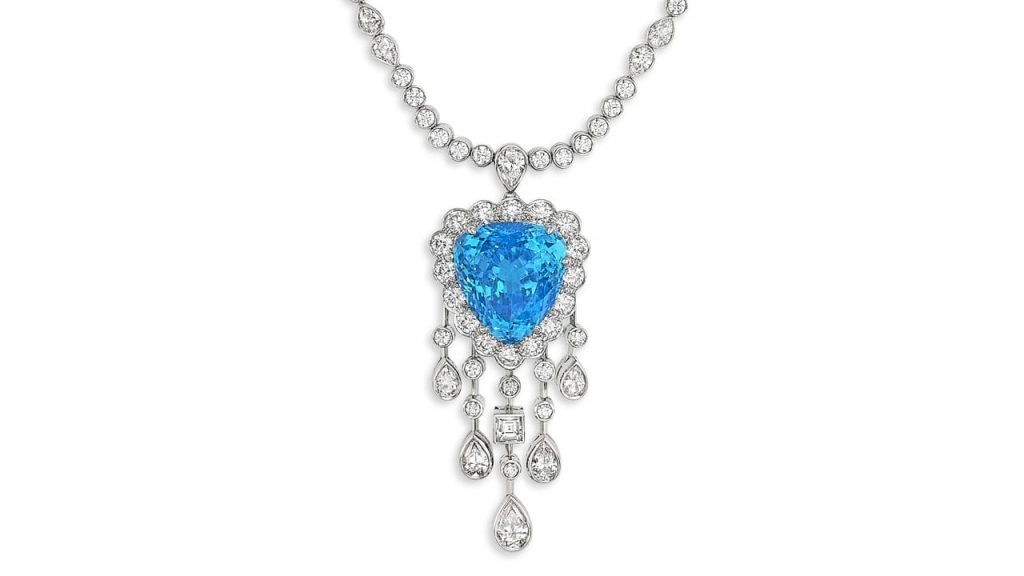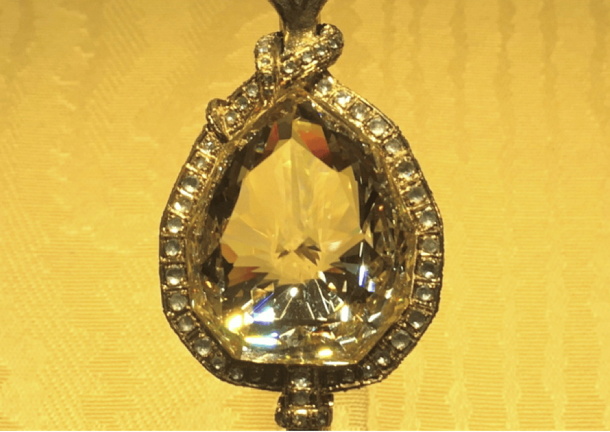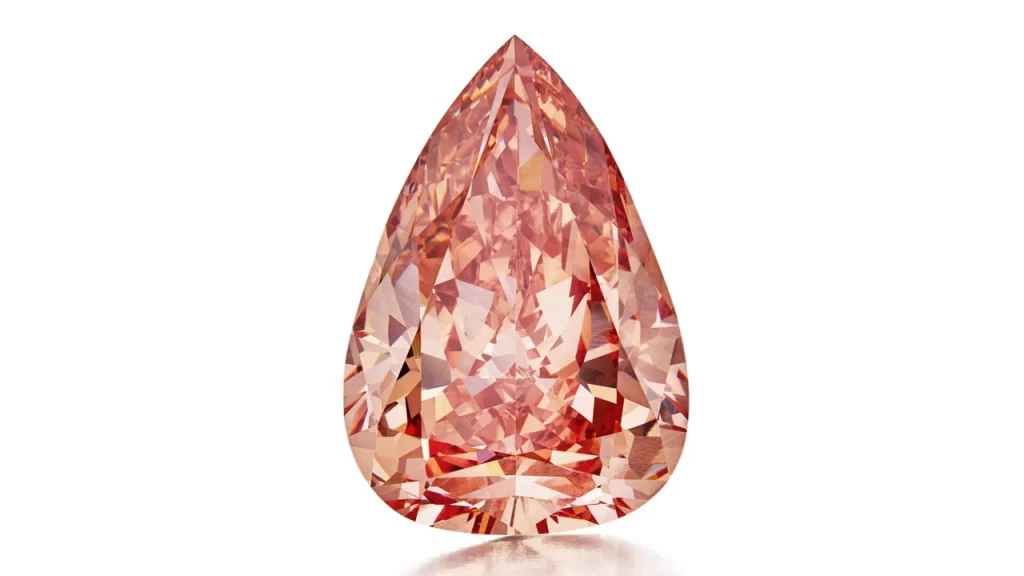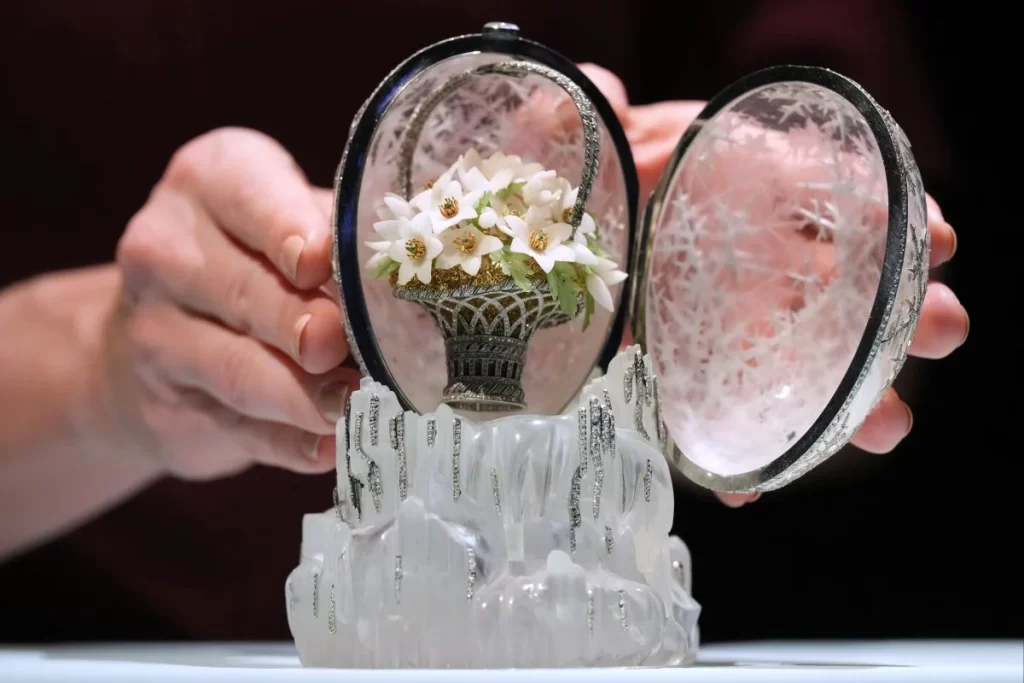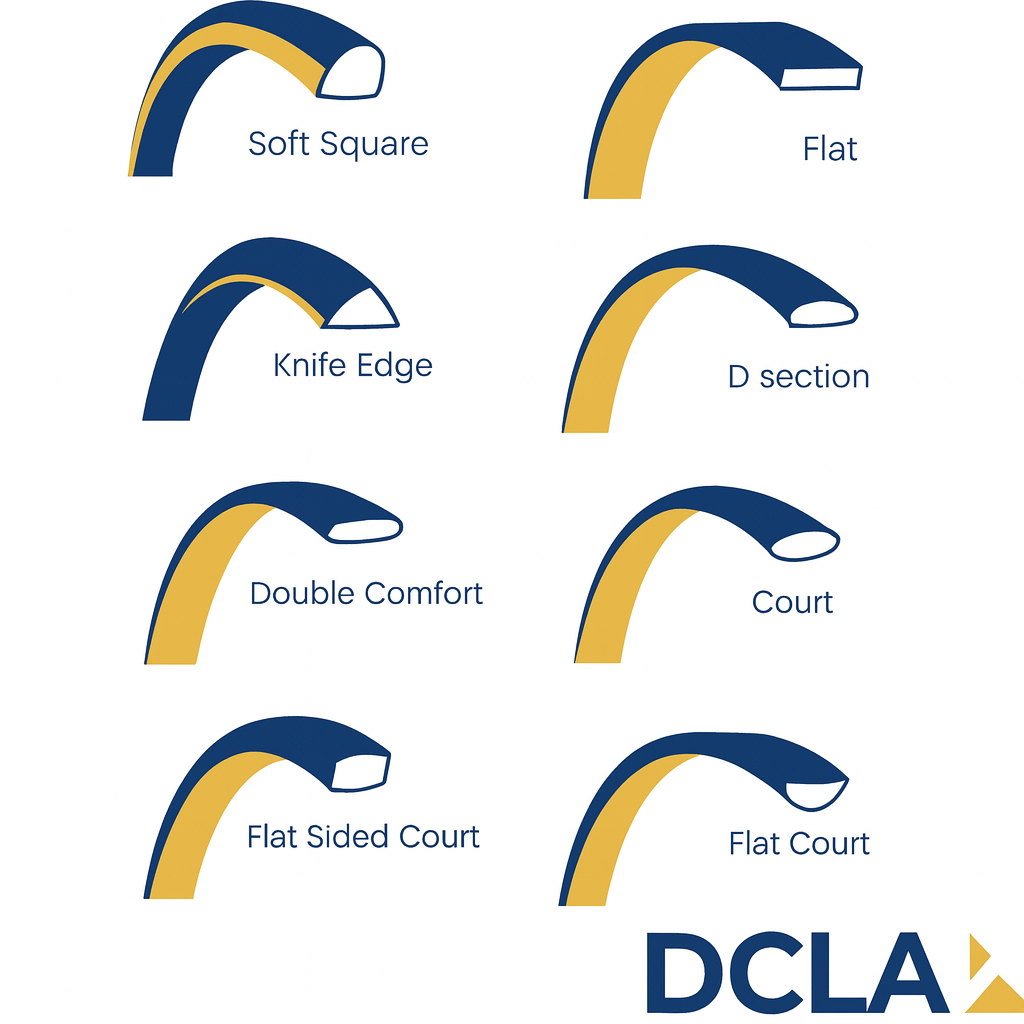
Diamond-set watches from Cartier, Van Cleef & Arpels, Jaeger-LeCoultre and Graff represent the pinnacle of high jewellery watchmaking. With dials, cases and bracelets lavishly adorned with hundreds sometimes thousands of diamonds, these exceptional creations are true show-stoppers, blending technical mastery with extraordinary gem-setting artistry.
Both bold and refined, these spectacular ladies’ timepieces come from some of the world’s most prestigious watch and jewellery maisons. Almost entirely cloaked in diamonds, they are designed to command attention while maintaining an unmistakable sense of elegance.
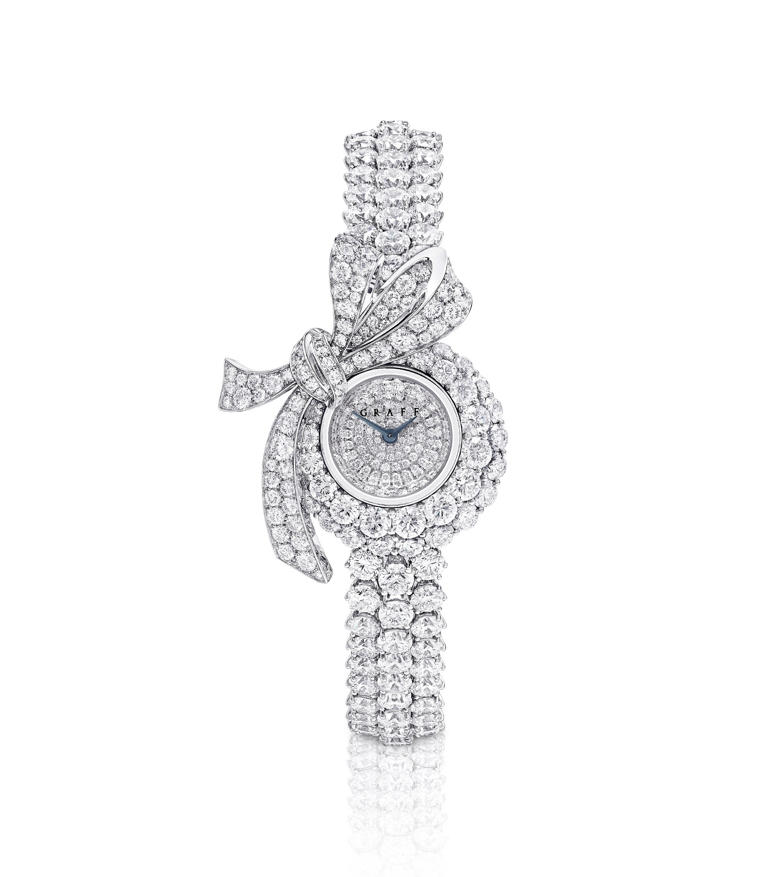
Cartier’s iconic Baignoire watch traces its origins back to 1958, when it was first introduced as the Ovale cintre. Officially renamed in 1973, the modern mini jewellery version features a quartz movement and is set with hundreds of brilliant-cut diamonds, reaffirming its status as a timeless symbol of refined luxury.
Graff’s Tilda’s Bow diamond watch adds a distinctly feminine flourish. Accented by a graceful ribbon-inspired motif on one side, this statement piece features a pavé-set dial and a triple-row diamond bracelet, seamlessly combining softness with striking brilliance.

Jaeger-LeCoultre’s platinum 101 Secrets watch transcends both trends and seasons. Concealing a delicate mother-of-pearl dial, the piece is embellished with more than 1,000 diamonds meticulously set along the bracelet and case sides—an extraordinary demonstration of precision and craftsmanship.
Van Cleef & Arpels draws inspiration from the Art Deco “white period” of the 1930s with its À Cheval high jewellery watch. Reflecting the era’s preference for white gold paired with diamonds, the design pays homage to a defining moment in jewellery history, favouring refined monochrome elegance over the coloured gemstones of earlier decades.
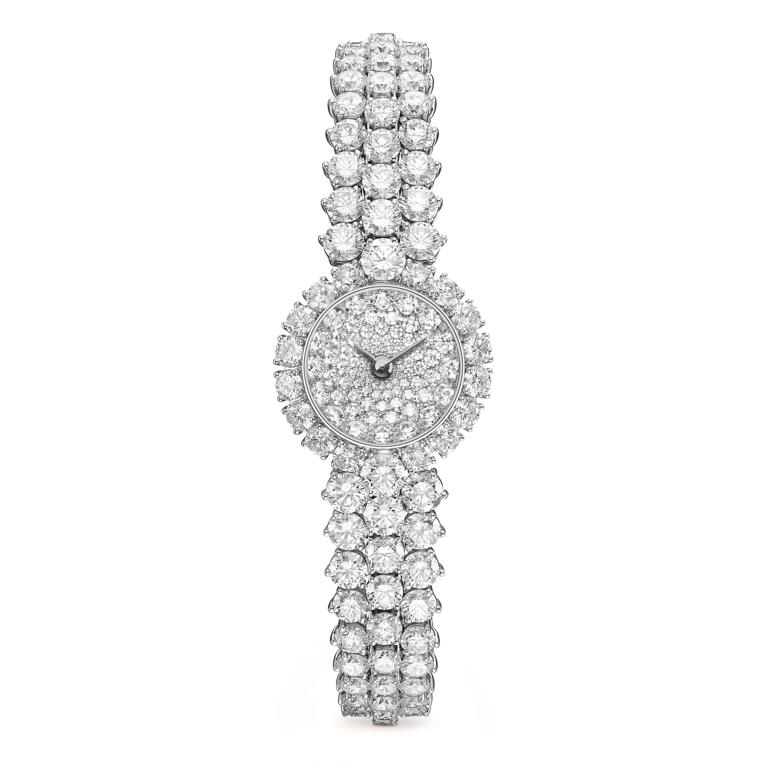
Together, these diamond-encrusted watches showcase the seamless union of haute joaillerie and fine watchmaking—where time is measured not only in seconds, but in brilliance and craftsmanship.

